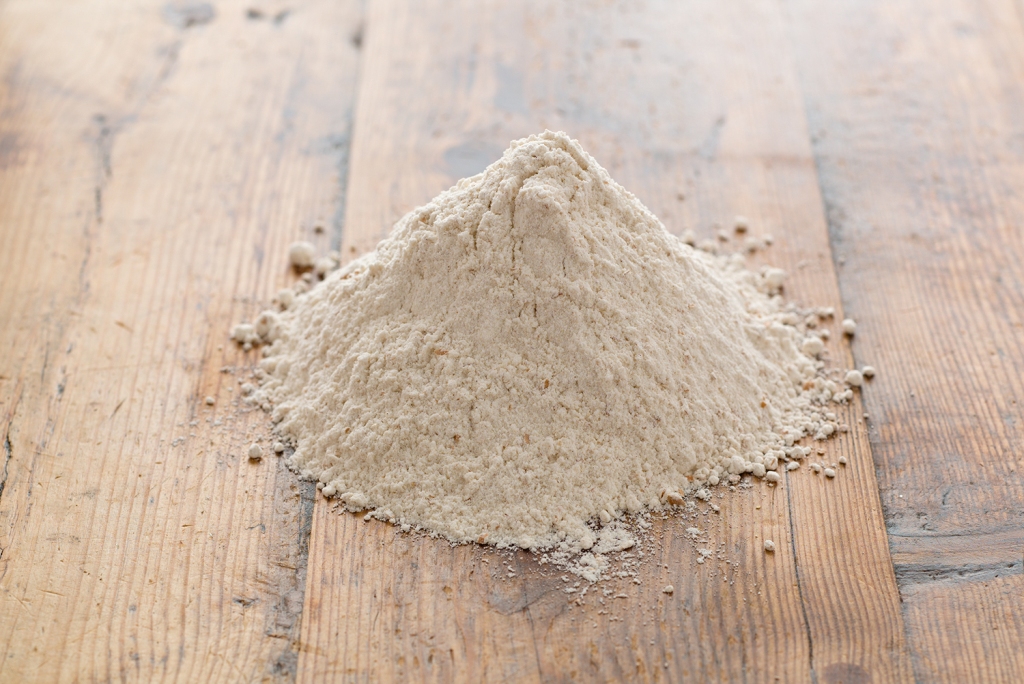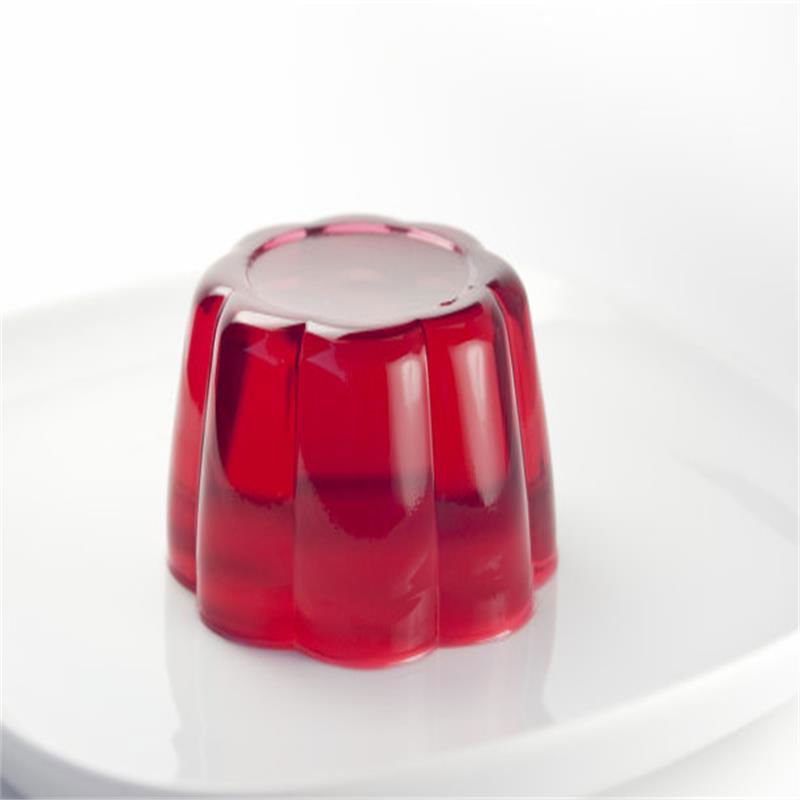

While, the application of heat or autoclave-assisted treatments to disrupt seaweed cell wall for a more efficient solvent penetration may also increase yields (Azis and Mahyati, 2019). To improve carrageenan yield extraction, different methods have been tested using either water alone or under alkaline conditions, followed by alcohol precipitation, drying, and subsequent carrageenan purification (Sahu et al., 2011 Hilliou et al., 2012). Nonetheless, carrageenan may be blended with other polysaccharides to develop new textures due to the specific interactions formed between materials, to improve or induce gelation (Chatziantoniou et al., 2019).

In addition, carrageenan can be classified as kappa (κ), iota (ι) and lambda (λ) types (Li et al., 2014 Zia et al., 2017), and based on its sulphate content, kappa carrageenan produces firm, rigid, brittle and thermos reversible gels of high strength on cooling iota carrageenan produces weak, elastic and thermo reversible gels while lambda carrageenan does not gel (Imeson, 2009 Webber et al., 2012 Zia et al., 2017). Although, it has been proposed the idealized disaccharide structure with repeating units, seaweeds do not produce idealized and pure carrageenans, but rather more likely hybrid structures (Pereira et al., 2009). Its structure consists of repeating disaccharide units of D-galactose and 3,6 anhydro-galactose linked by 3-β-D-galactose and 4-α-D-galactose, containing 20–40% sulphate ester groups (Imeson, 2009). While in the occidental countries, Mexico is considered a potential producer of various commercial seaweed species (Cai et al., 2013 Hernández-Herrera et al., 2018).Ĭarrageenan is highly demanded because of its unique functional properties that can be used to gel, thicken and stabilize food products and food systems (Imeson, 2009 Saha and Bhattacharya, 2010). The largest seaweed farming countries and carrageenan producers are China, Indonesia, Philippines, Malaysia and Tanzania that cover the demands of the main hydrocolloids obtained from seaweed: agar, alginate and carrageenan (Cai et al., 2013 FAO, 2020). In the last decades, global production of seaweed increased from less than 4 million (90’s) to 32.4 million wet tons (2018) (FAO, 2020). Red seaweed is the main source of carrageenan, a class of sulphated galactose, located in the cell wall and intercellular matrix of different algae species such as Chondrus crispus, Gymnogongrus fucellatus, Soleria chordalis, Cystoclonium purpureum, and Kappaphycus alverezii, the latter being of main interest (Sahu et al., 2011 Webber et al., 2012 Cai et al., 2013 Manuhara et al., 2016).

While, the use of ultrasound at room temperature gave carrageenan properties more similar to those of the commercial carrageenan type A. Syneresis behavior was well fitted to a third-degree polynomial equation within days 1 to 6, after which, it reached a plateau. Functional groups kappa and iota, and alginates, were confirmed in both carrageenan fractions. Ultrasound alone or with heat significantly ( p < 0.05) increased the yield extraction up to 41–45% and influenced color parameters, in comparison with conventional treatments. Color, syneresis behavior, water retention capacity, and functional groups of the gelling and non-gelling fractions of carrageenan were determined these properties were compared with those of commercial carrageenans named A and B. Seaweed was treated under alkaline conditions using ultrasound alone or combined with conventional procedures, to improve the yield extraction. Red seaweed Chondracanthus canaliculatus, an underexploited algae species, was used as a potential source for the obtaining of carrageenan.


 0 kommentar(er)
0 kommentar(er)
